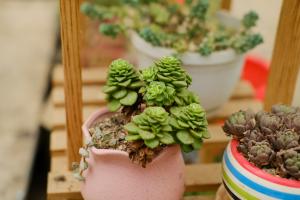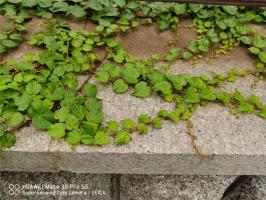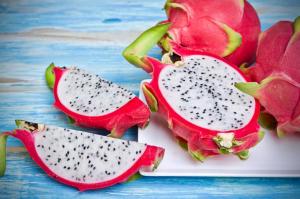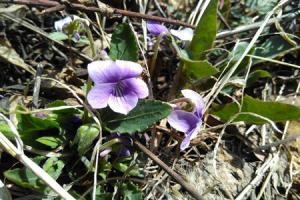1、 Breeding environment
1. Soil: fertile soil with good drainage should be used to raise black leaf taro. It can be cultivated with rotten leaf soil or peat soil
2. Light: it should be cultured in a semi shady environment and should not be exposed to strong light. If the light is too strong, it will cause rough leaves and spots; If the light is too weak, the plant will grow very slender
3. Temperature: the growth environment of black leaf taro should be 25-35 ℃, and the minimum temperature should not be lower than 15 ℃. If the temperature is too low, it will stop growing. The temperature should be controlled between 22-27 ℃ from March to September, and between 16-22 ℃ from September to March next year

2、 Breeding method
1. Leaf cutting propagation: cut off the relatively vigorous leaves and put them into nutrient soil. Soon the root system will grow, and then it will be transplanted into the soil for normal maintenance
2. Ramet propagation: the ramet should separate the plant, so that each part has 2-3 plants. Be careful not to hurt the root system when dividing the plant. Then plant separately, and keep the soil moist at ordinary times

3、 Common diseases and insect pests
1. Diseases: the common diseases of black leaf taro are gray mold and stem rot. after discovery, tobuzin or methyl tobuzin can be sprayed for control. In addition, ventilation shall be ensured for maintenance at ordinary times, and stem rot is easy to occur in the environment with high temperature and humidity
2. Pests: common pests are chimneys, Spodoptera litura and Pieris rapae. Once found, they should be sprayed with Omethoate emulsion or insecticide emulsion in time for control


 how many times do yo...
how many times do yo... how many planted tre...
how many planted tre... how many pine trees ...
how many pine trees ... how many pecan trees...
how many pecan trees... how many plants comp...
how many plants comp... how many plants can ...
how many plants can ... how many plants and ...
how many plants and ... how many pepper plan...
how many pepper plan...
































